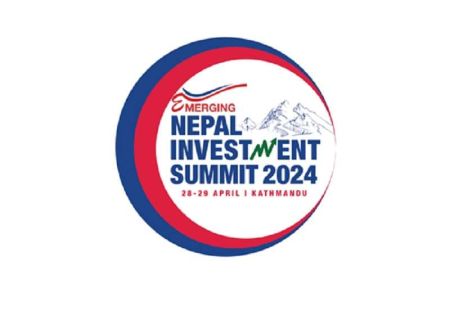The trend of announcing merger plans by the banks and financial institutions (BFIs) has gathered pace in recent weeks. Media reports about the merger processes initiated between Everest and Kumari Banks, NMB and Clean Energy Development Banks, NCC and NB Banks, Bageshwori and Shangrila Development Banks, Kasthamandap Development Bank and Shikhar Finance, and Himchuli Development Bank and Birgunj Finance are testimonies to this fact. Not to mention several failures of Nepal Rastra Bank's (NRB) monetary policy operation of this year, but in the particular regard to mergers, it is gradually tasting success. The Bank not only had announced all possible facilitation to merger through the monetary policy of this fiscal year, it also introduced several packages of rebates, discounts, waivers and facilities to the BFIs opting for mergers. The NRB threat to force merger of the BFIs that particularly have poor corporate governance has seemingly reawakened several BFIs.
.jpg) Apparently, the universal objectives of the merger or acquisition are to consolidate the capital, reduce operational expenses, expand business and maximise the profits. However, in our case, mergers of three distinct natures now seem to be in the offing. First, relatively large institutions are planning to create a larger capital base so they could compete with global players who would potentially begin their operation owing to WTO arrangements. Second type of merger would be compulsive of sort as the NRB has asked the BFIs belonging to the same business house to integrate without any ifs and buts. The third types are those who fear the complete meltdown if they fail to merge sooner than later to consolidate resources, introduce corporate best practices and reduce expenses.
Apparently, the universal objectives of the merger or acquisition are to consolidate the capital, reduce operational expenses, expand business and maximise the profits. However, in our case, mergers of three distinct natures now seem to be in the offing. First, relatively large institutions are planning to create a larger capital base so they could compete with global players who would potentially begin their operation owing to WTO arrangements. Second type of merger would be compulsive of sort as the NRB has asked the BFIs belonging to the same business house to integrate without any ifs and buts. The third types are those who fear the complete meltdown if they fail to merge sooner than later to consolidate resources, introduce corporate best practices and reduce expenses. Nevertheless, irrespective of the reasons compelling BFIs to merge, it was the momentum of absolute imperative but long due. And every individual process to complete smoothly is another task uphill. Even if the process is unimpeded, it takes relatively long time of two to three years depending on the size of the institutions. Nepal does not have structural backing and institutional culture of transparency to allay fears of lay-offs among staff, sense of insecurity in the depositors and apprehensions losing the investment among the shareholders.
In view of these several crucial stages, right from the expression of intent of merger, choice of the party, preliminary dialogues, due diligence assessment of the institutions, legal and regulatory processes and above all retaining the customer confidence, a dedicated structure that facilitates and provides expert services is indispensable. This could be set up by NRB, Bankers Association or by both combining the skills, needs and expertise. If the merger tempo evident today is not managed properly, none of them are likely to succeed to create another healthier institution. The fear and mismanagement of the process will acquire the hopes. And mergers will continue to be a mirage.






















